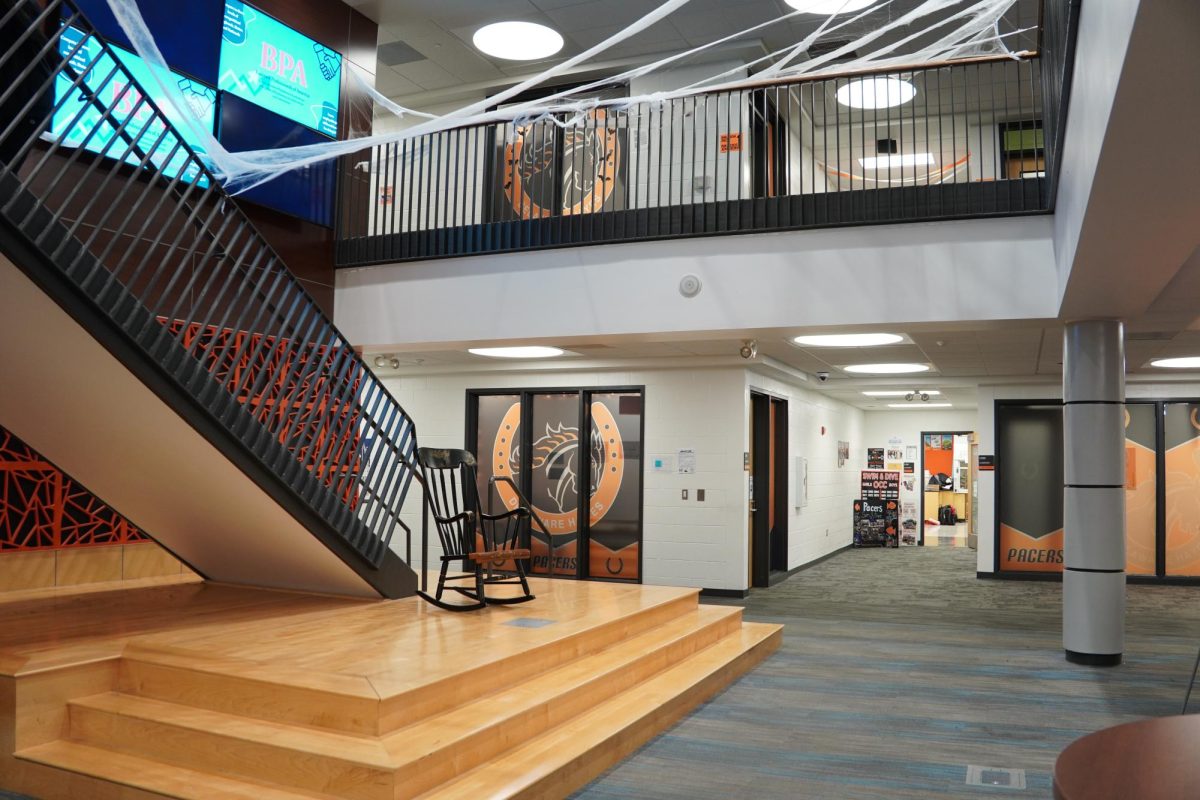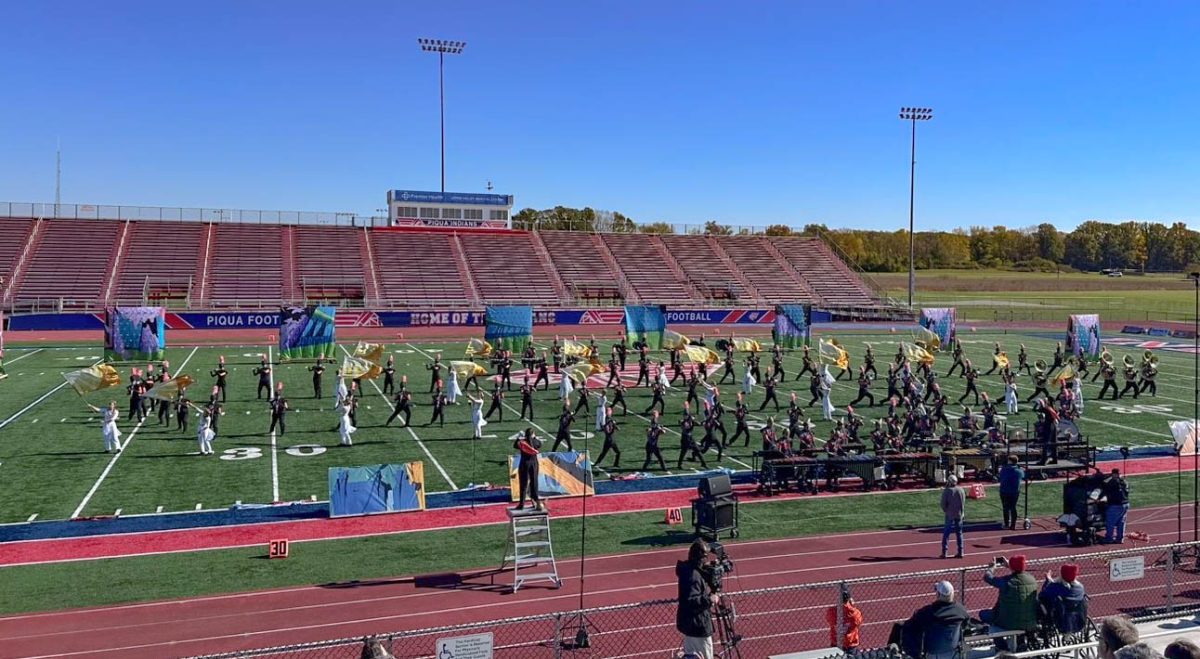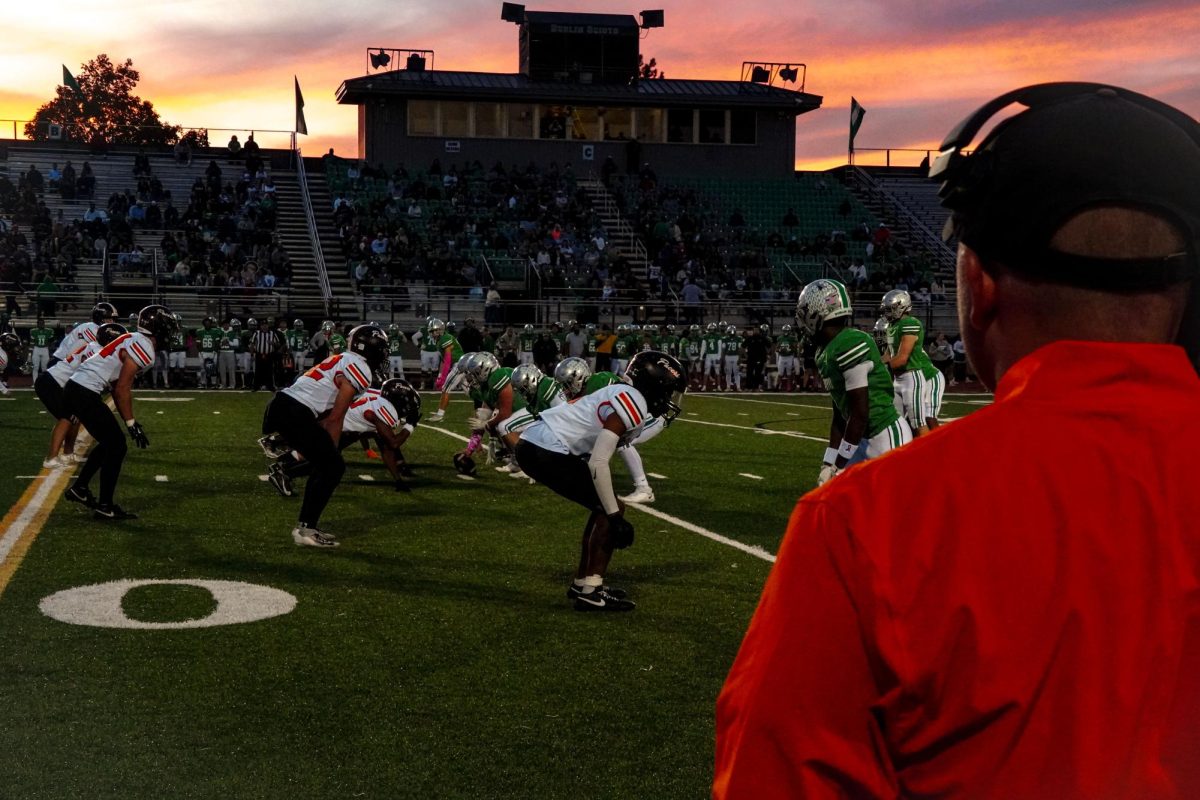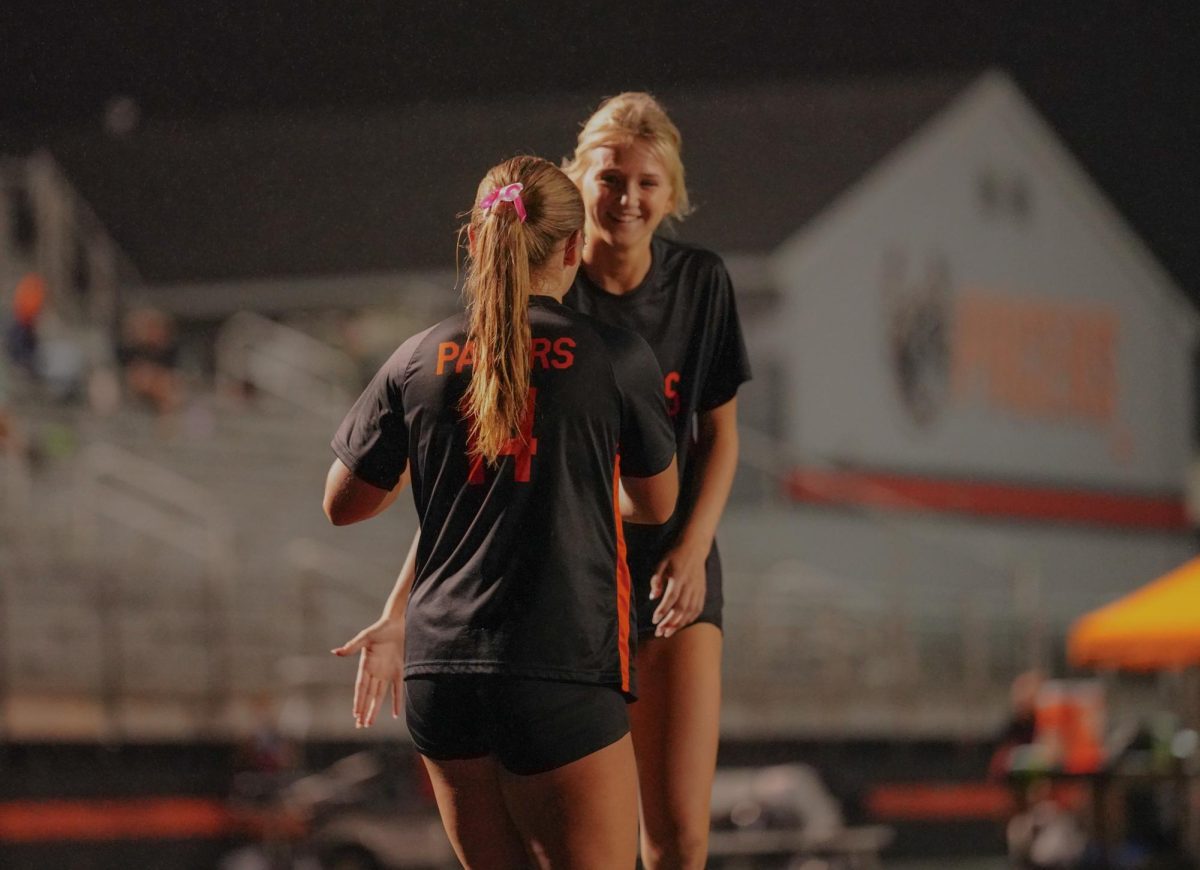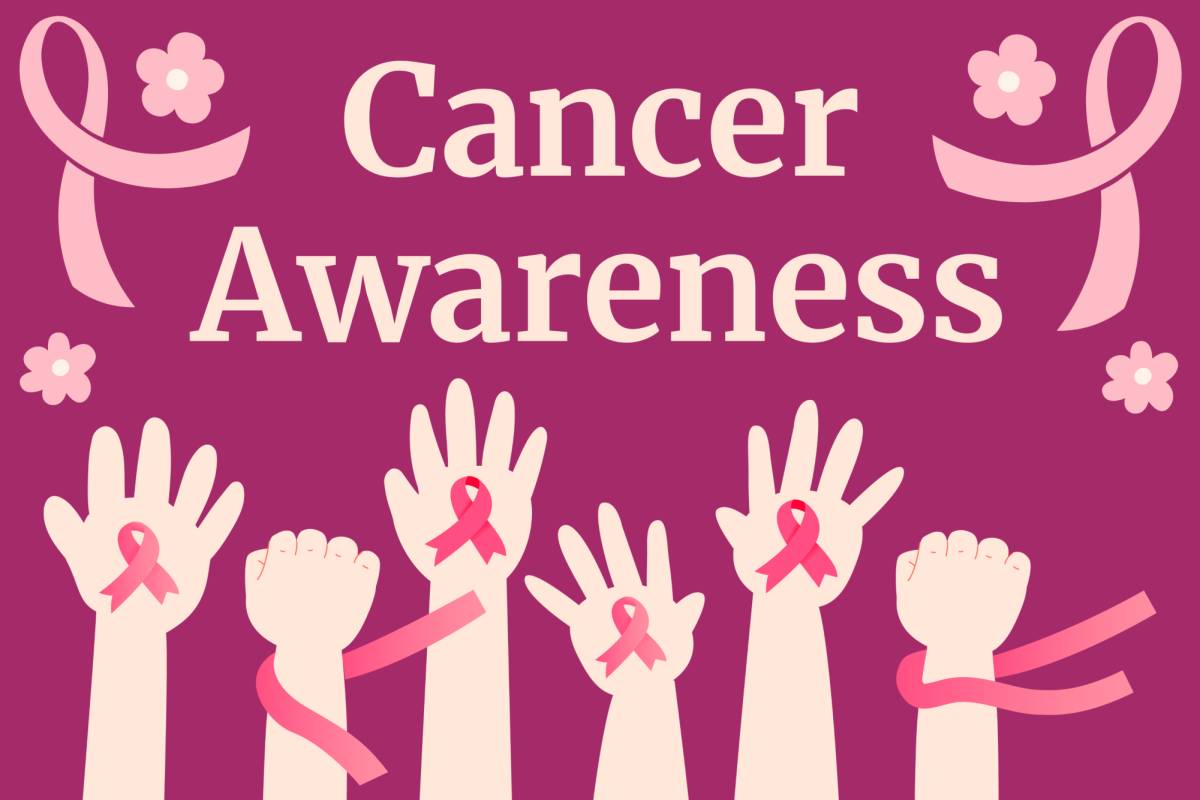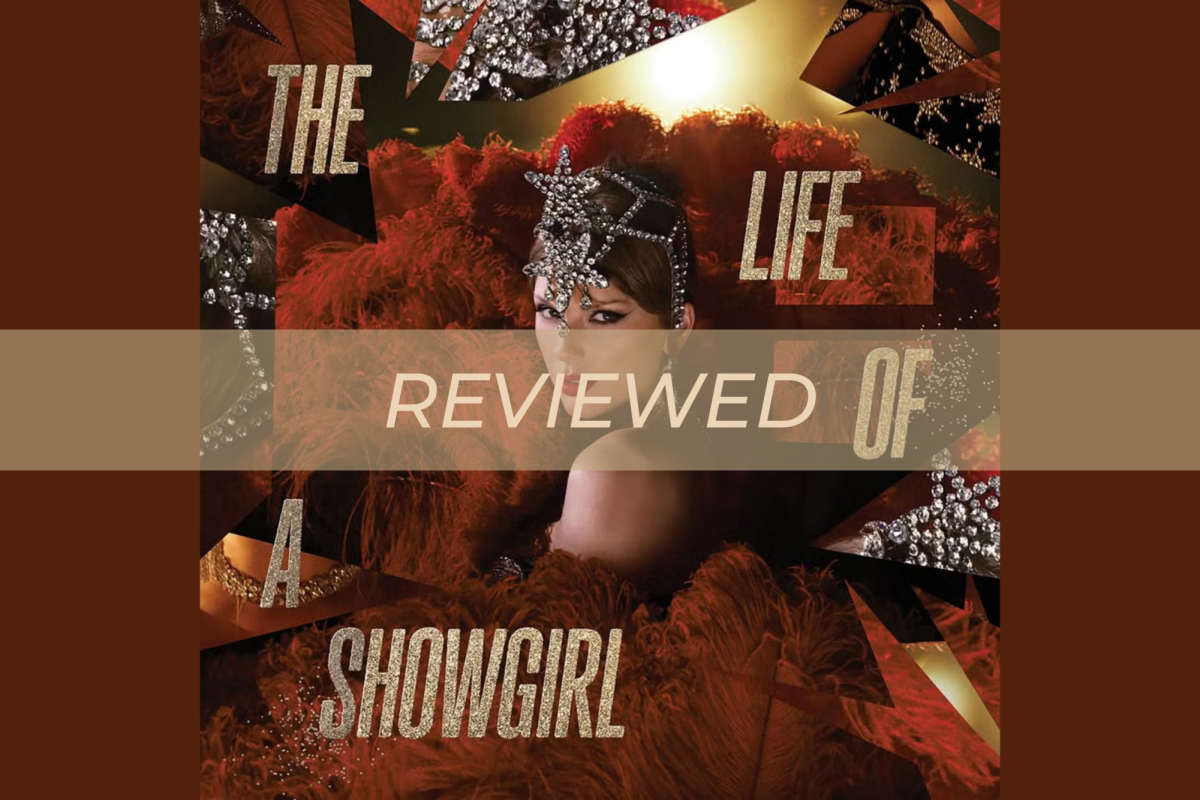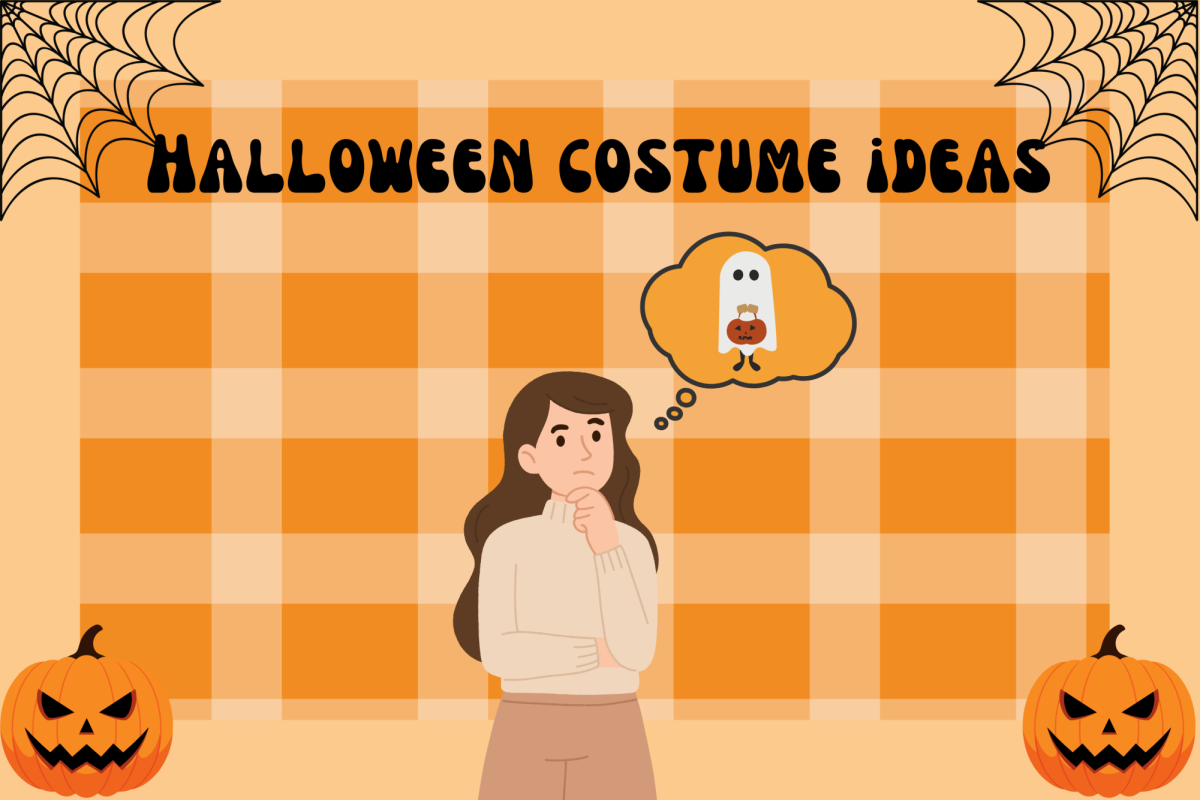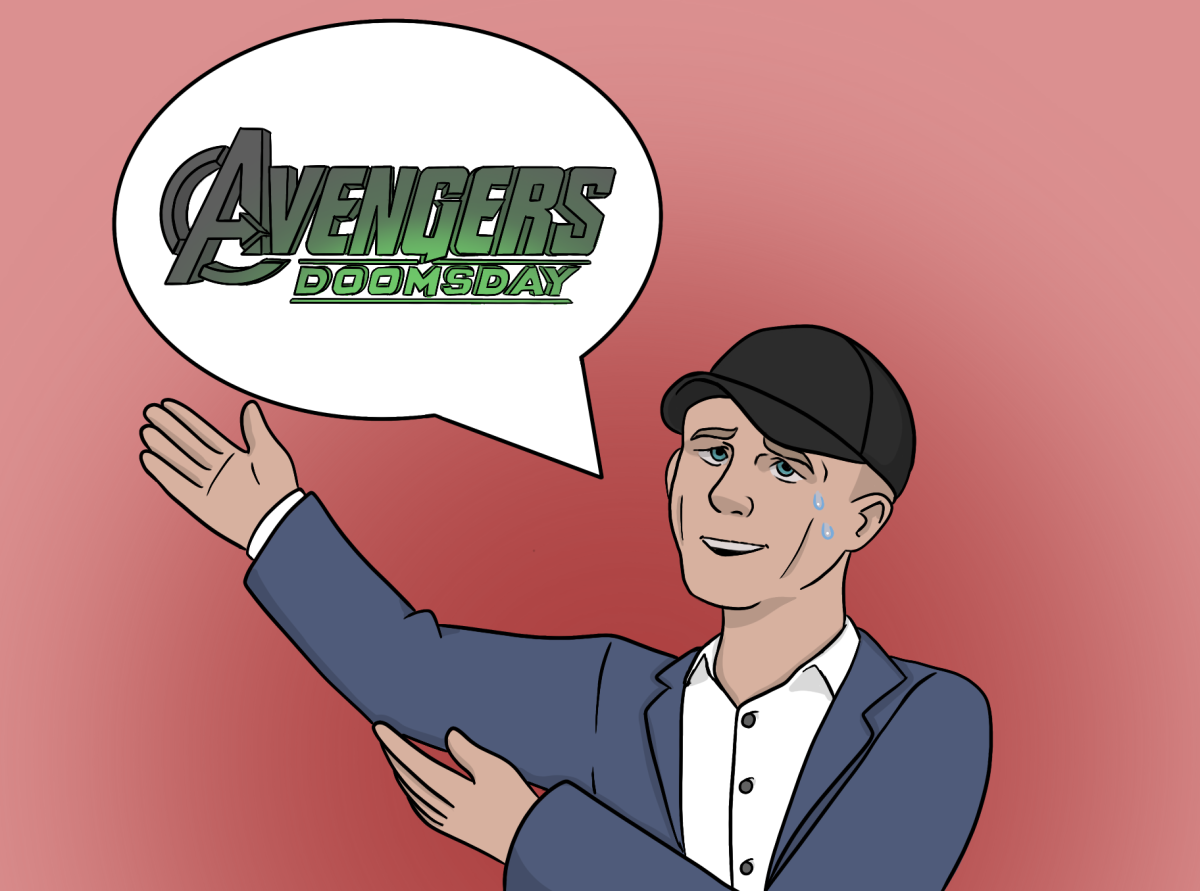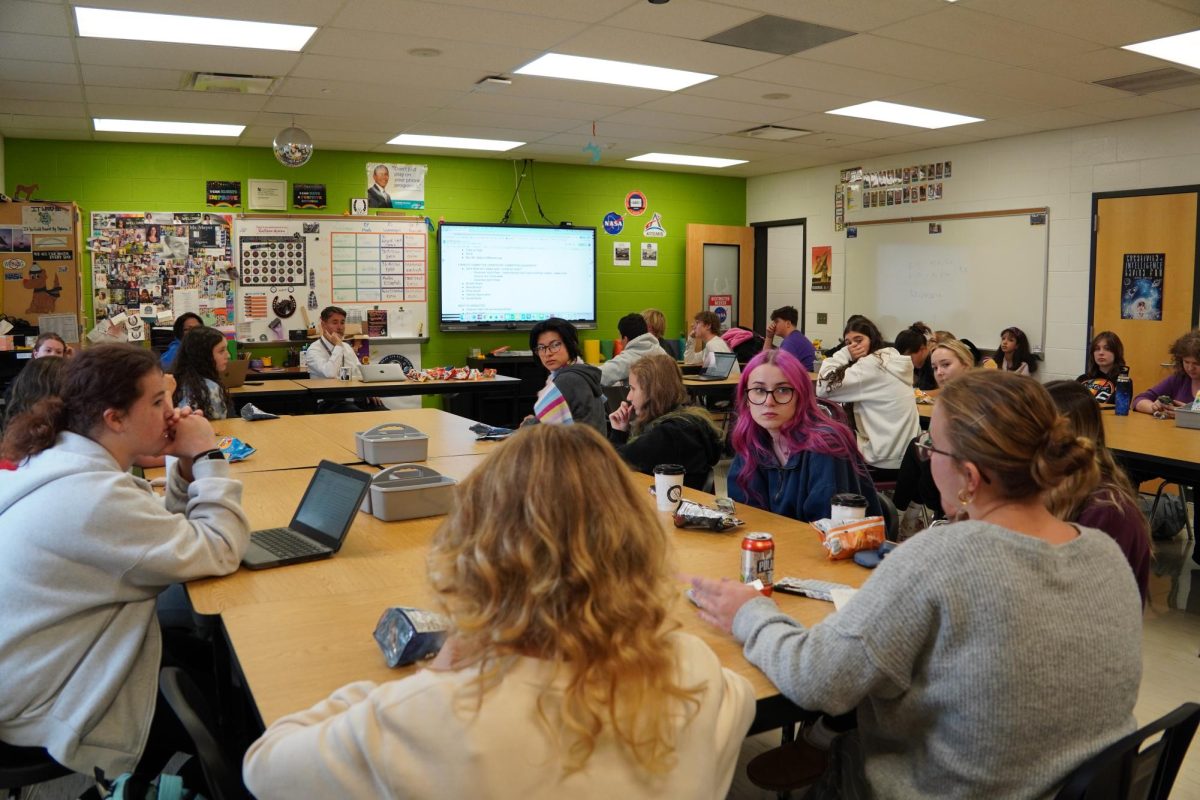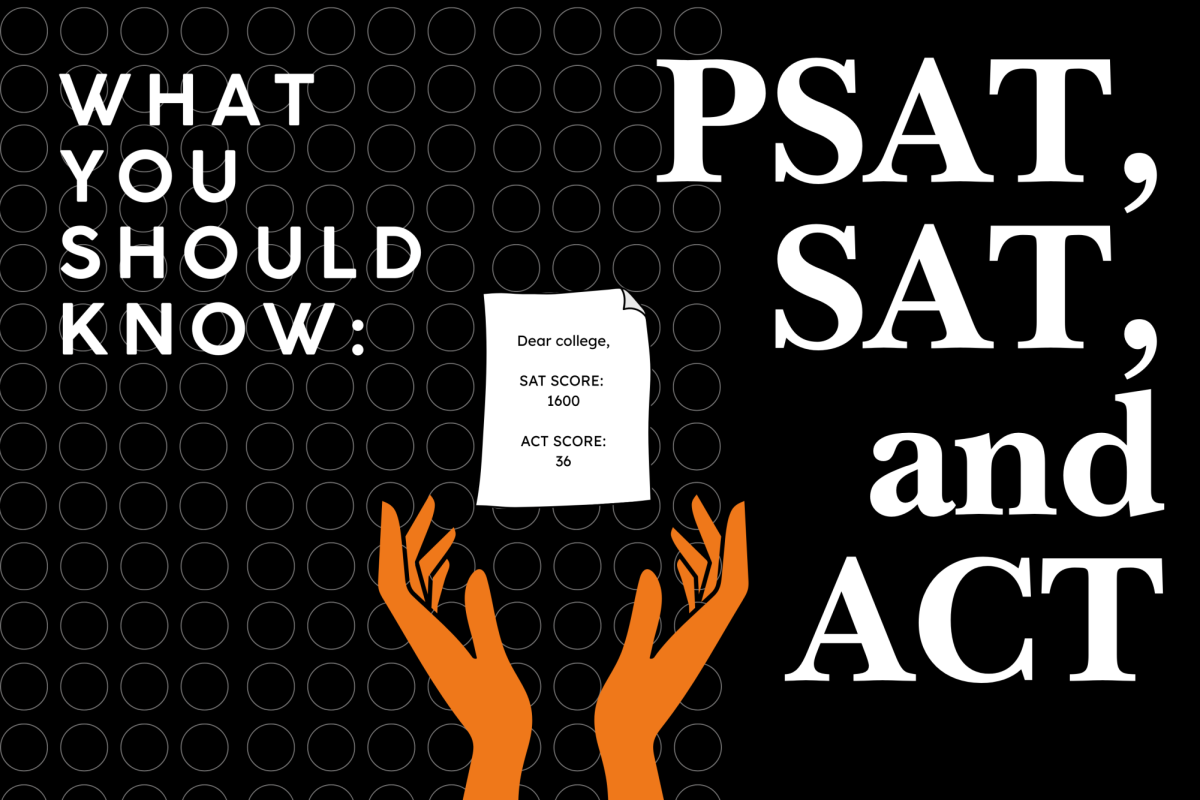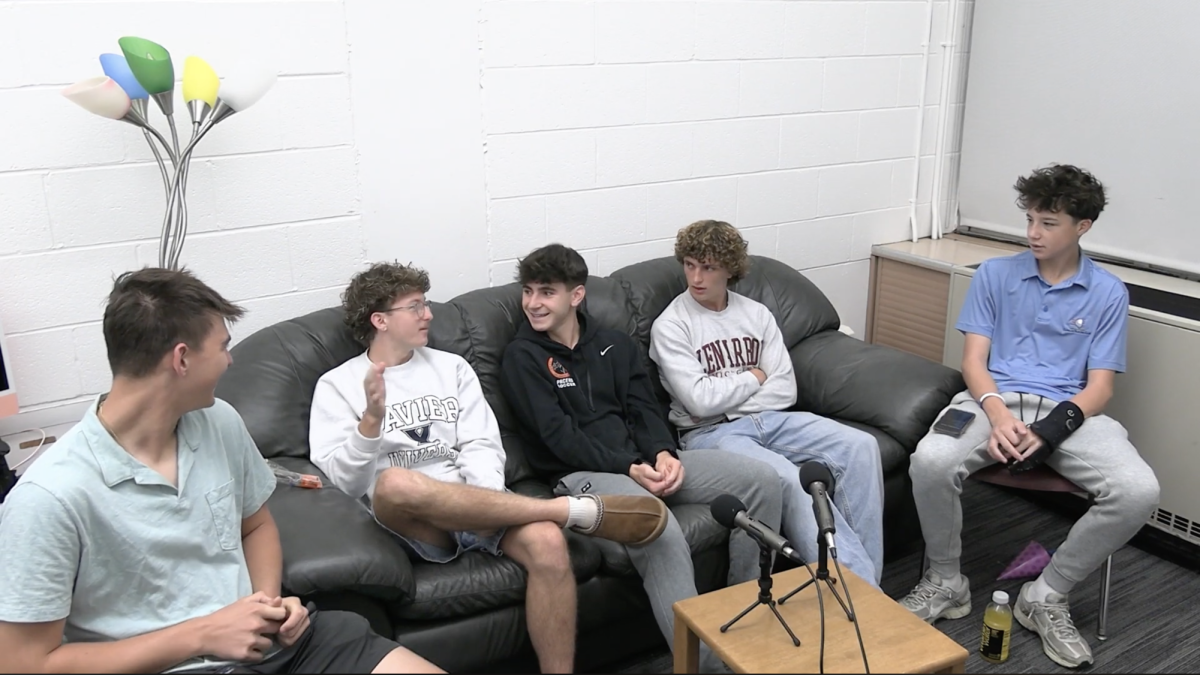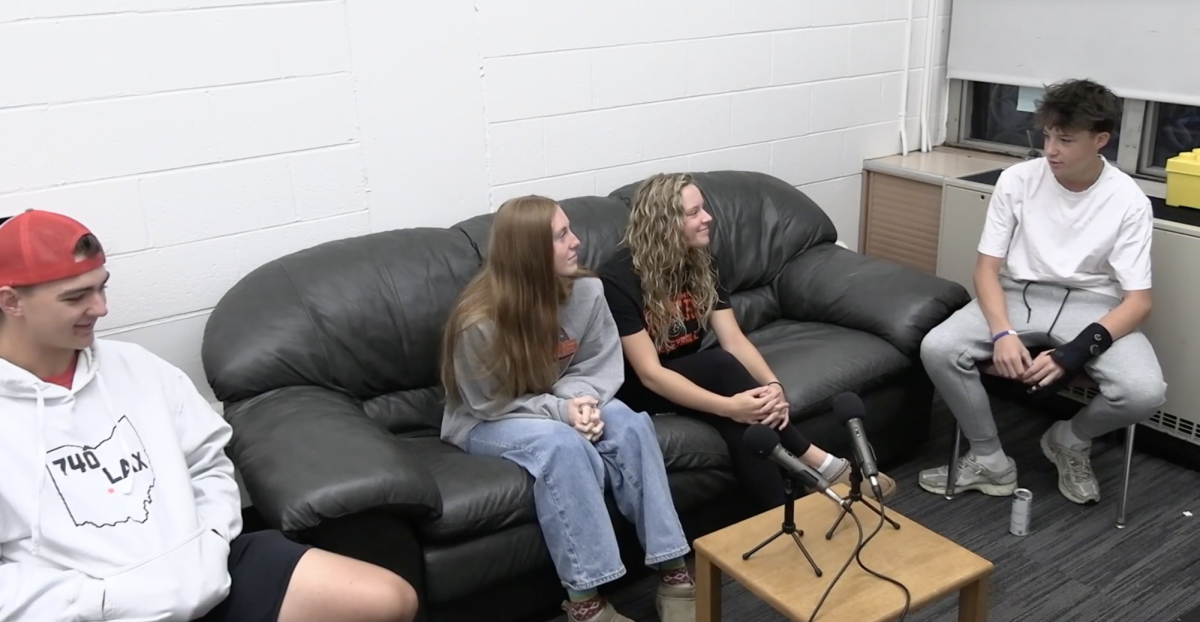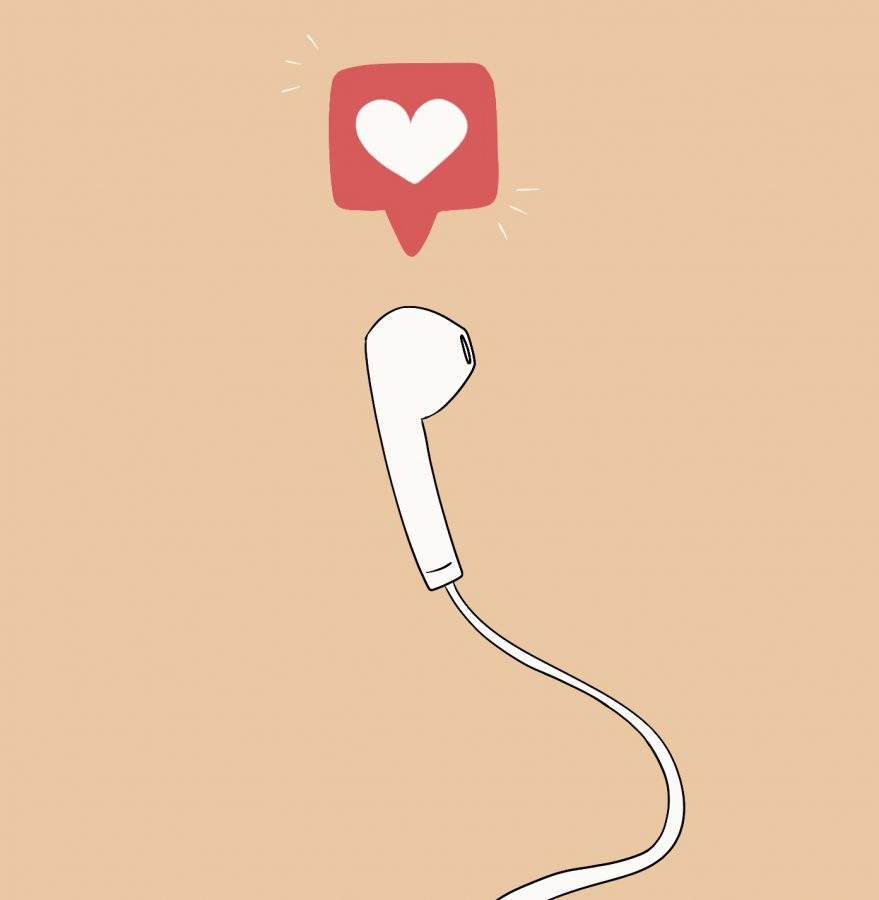Social media plays a bigger role in music industry success
Social media changes the way we listen to music and the music industry grows alongside our social media habits.
February 4, 2021
Over the past decade, the music and social media industries have both evolved tremendously, but they haven’t evolved separately.
Like most things, social media has become an important tool for artists to build a fanbase and advertise their music. Nearly every musician has a social media page to promote new releases and build a public image.
Before social media, the means of sharing who one was as an artist and creating a “brand” wasn’t as easily at their fingertips as social media now allows. Aside from music videos, concerts and interviews, artists today can post a single picture from their daily lives that forms a bond with their fans.
MusicWatch conducted a study and found that 9 out of 10 people on social media interact with music and artists in one way or another.
Social media arose with a multitude of purposes, and while free advertising for music wasn’t a main reason, like many things, social media has certainly changed the landscape for how people find music.
This includes following artists and bands, posting about concerts, any content edited with music or a use of the features developed by the platforms to again — share music.
In 2018, Instagram even added a feature to directly connect their users to music with the music sticker to add to stories. In addition, users can ask their followers to share music with the music question box.
While Instagram has grown to make it easy for users to share their favorite music, one of its most prominent features is the idea of general communication across the platform from artists to fans.
On January 8, 2021, actress and singer Olivia Rodrigo released her first single. In just a week, “Driver’s License” reached No. 1 on Billboard and broke records across many streaming services including Spotify, leaping ahead of established artists like The Weekend and Ariana Grande.
From her song “All I Want” that reached No. 90 on the Billboard Hot 100, this song made impressive leaps. As a new artist, accomplishments like this are typically unseen with early releases. However, with its popularity across several social media platforms, this makes sense.
Rodirgo’s song began trending on Tik-Tok, a video-sharing app, with fans creating dances or finding lyrical parallels to her love life, much like how it was also trending on Twitter.
As much as the tools and direct content from the artists have influenced the way we listen to music, the success of anything in the music industry is ultimately dependent on the activity of the fans. Because of social media, fans have a bigger stage than ever to share favorite artists and bands.
The basic idea of social media as a tool for communication has allowed for the creation of fandoms with the common interest of a particular artist.
Considering the evolution of popularity of the South Korean boyband, BTS, that debuted in the age of social media, the alliance among K-Pop fans and connections across the world has emphasized the importance of social media in the music industry.
To become the world’s most popular boy band and top the success of big powerful industry names, their management company, Big Hit Entertainment used social media to catapult the group’s popularity.
With vlogs posted on Korean streaming services as well as YouTube, fans are able to see authentic sides to each member and grow the strength of support beyond the music. The fandom itself has built a strong presence on social media, coining the name the ARMY and dedicating support to different members of the band.
The music-based social media platform, Tik-Tok mostly reflects the popularity of songs across any streaming service, as seen with Rodgrigo and BTS. But many artists have claimed much success from the app itself.
New Zealand singer, Benee, saw her song “Supalonely” begin to emerge on Spotify and Billboard charts as it took over the Tik-Tok scenes after user “zoifishh” created a dance to the song. This elevated the popularity of her other songs like “Glitter” and “Soaked” and changed the game for Benee.
Tik-Tok dances and trending sounds have boosted the popularity of artists like Megan Thee Stallion with her song “Savage” that eventually landed a collaborative remix with Beyoncé, referencing the popular Tik-Tok dance in the song.
With 15-30 seconds of listening to a song, Tik-Tok has become key to promoting music, and is becoming a driving force to how songs are being produced. Songs are becoming shorter, focused on creating tracks with short clips that could fit the popularity of the app.
Whether the trends of social media steer the evolution of the music industry or the music industry utilizes the developing tools of social media, the two are growing simultaneously and social media has nonetheless had its grip on the music we love.


